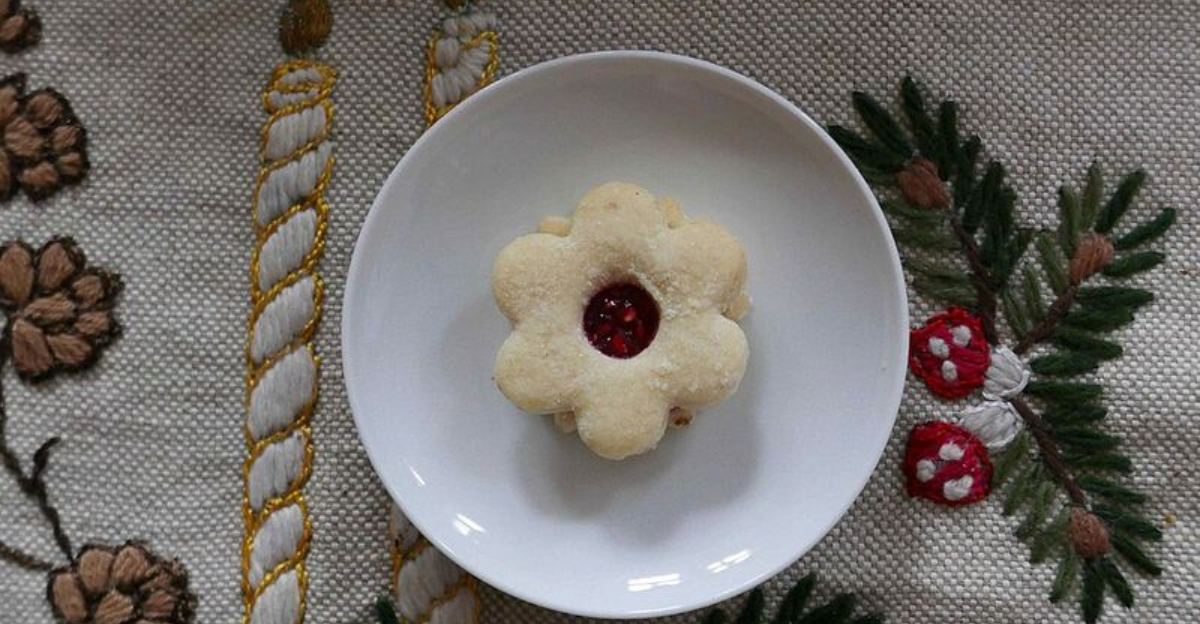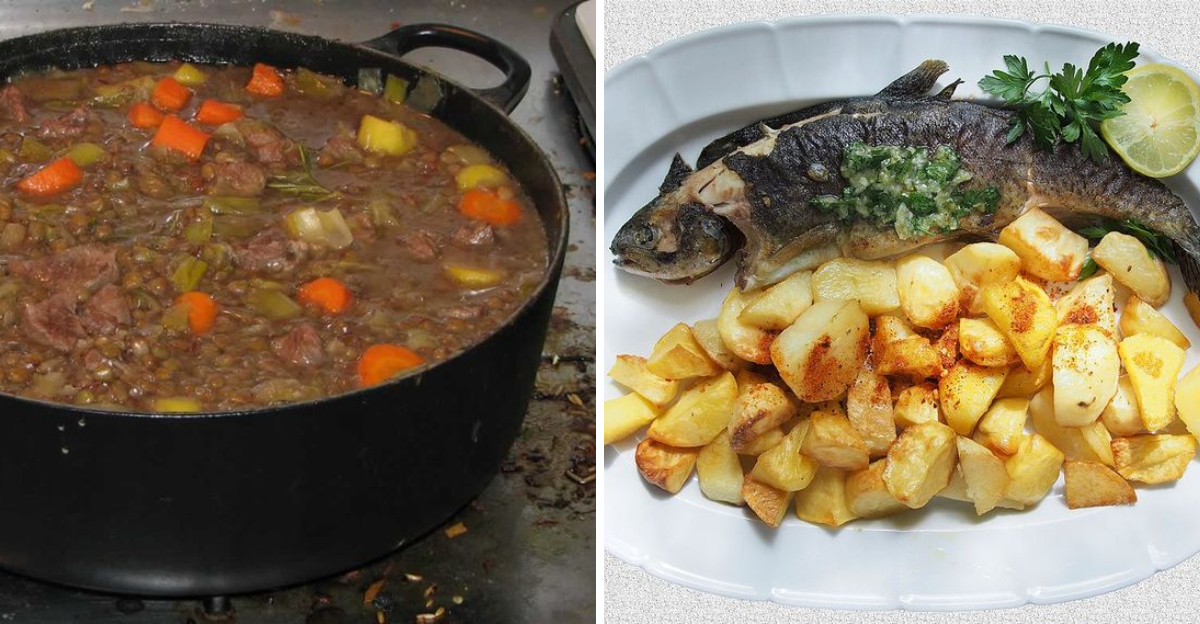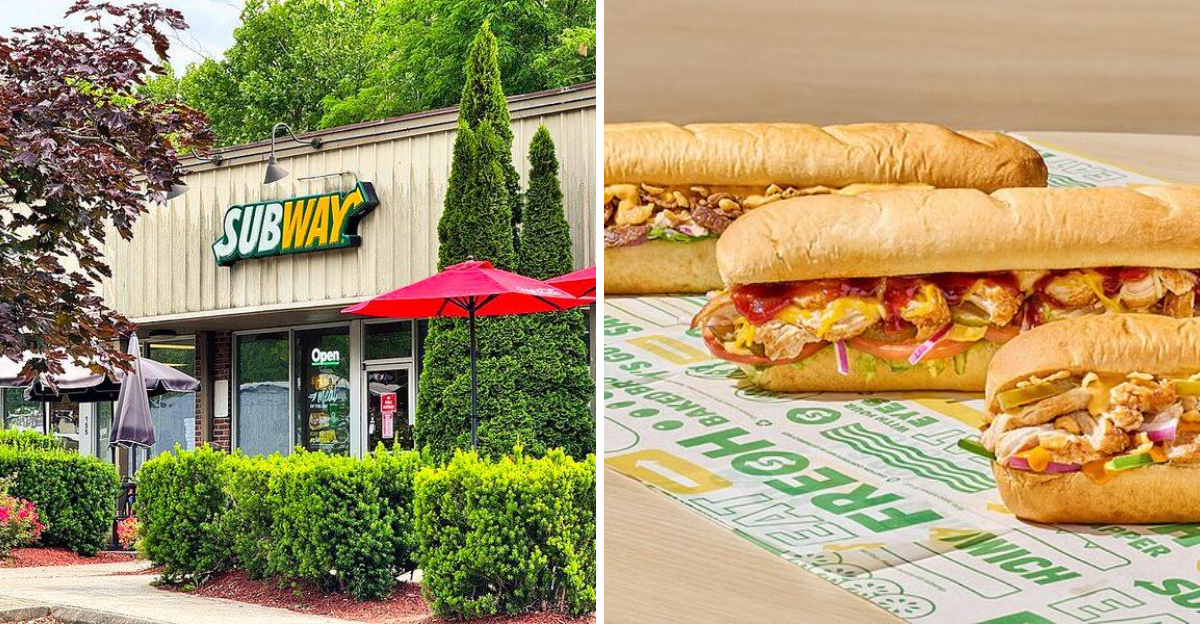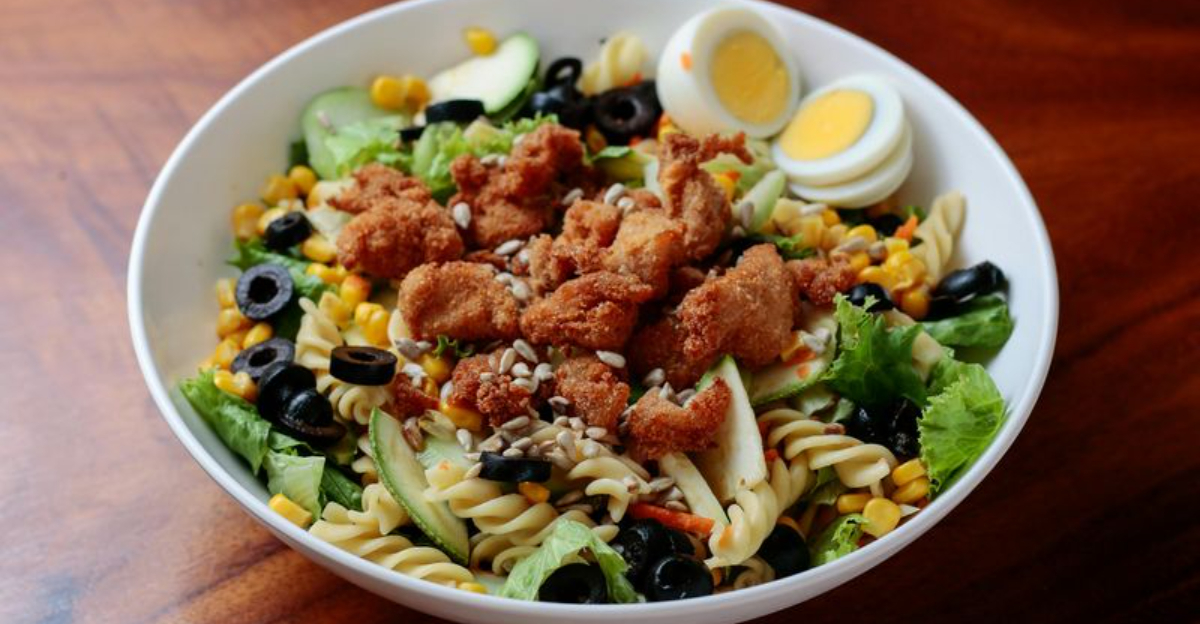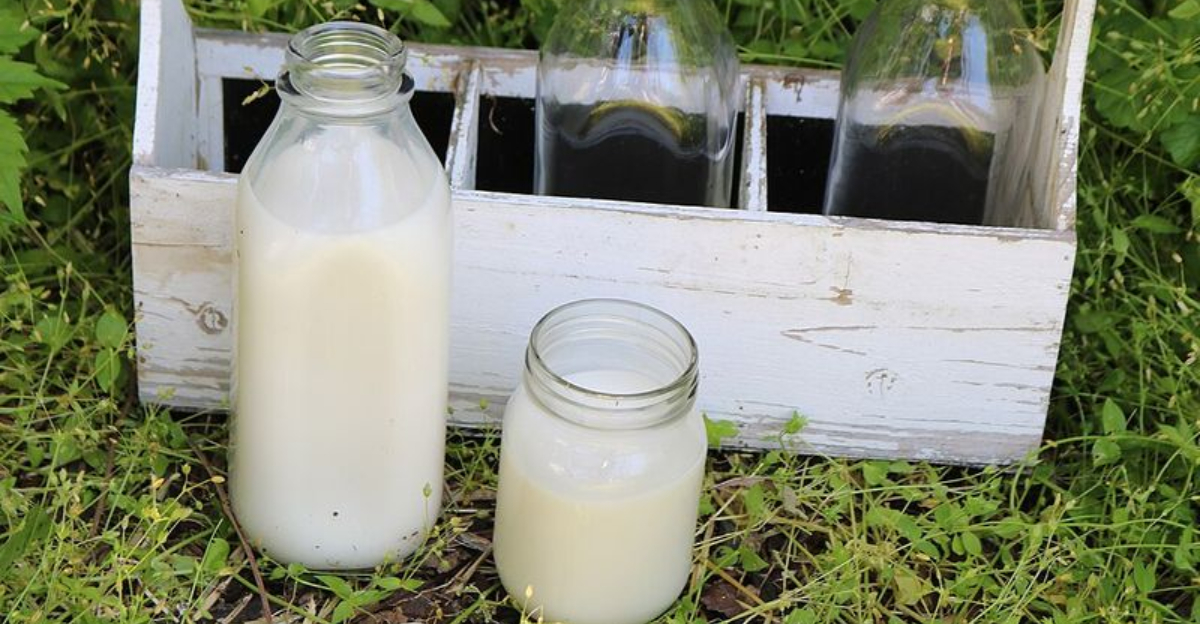The World’s Oldest Food Brands Still Beloved Today
Some brands have been around so long that your great-great-grandparents probably snacked on them too.
These food companies survived wars, economic roller coasters, shifting trends, and countless new competitors, yet they still sit comfortably in today’s kitchens.
Their magic comes down to simple things: reliable flavor, steady quality, and a comforting sense of nostalgia people just can’t walk away from, no matter how many years pass.
This article provides general historical information about long-standing food brands. Some origin stories are based on widely circulated accounts and may blend legend with documented history. No endorsements are implied, and readers should verify current brand details if they require the most up-to-date information.
1. Twinings Tea

Back in 1706, Thomas Twining opened a shop in London that would change tea-drinking forever. His family’s tea blends became so popular that British royalty couldn’t get enough.
Today, Twinings sells over 200 varieties worldwide. Whether you prefer Earl Grey or chamomile, this brand has been perfecting tea for more than three centuries!
2. Colman’s Mustard
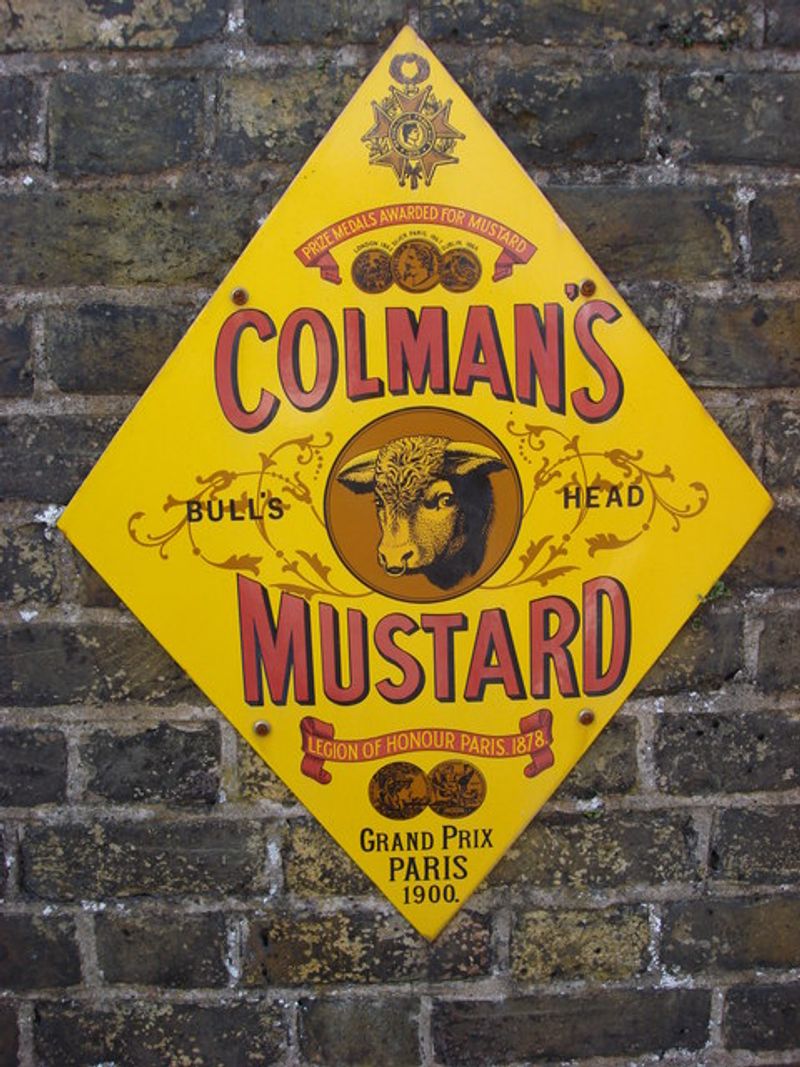
Jeremiah Colman started grinding mustard seeds in Norwich back in 1814, creating Britain’s most famous condiment. That distinctive yellow tin has graced dinner tables for over two centuries.
Fun fact: The bright yellow color comes naturally from turmeric! Colman’s fierce heat adds zing to sandwiches and roast beef dinners across the globe.
3. Lyle’s Golden Syrup
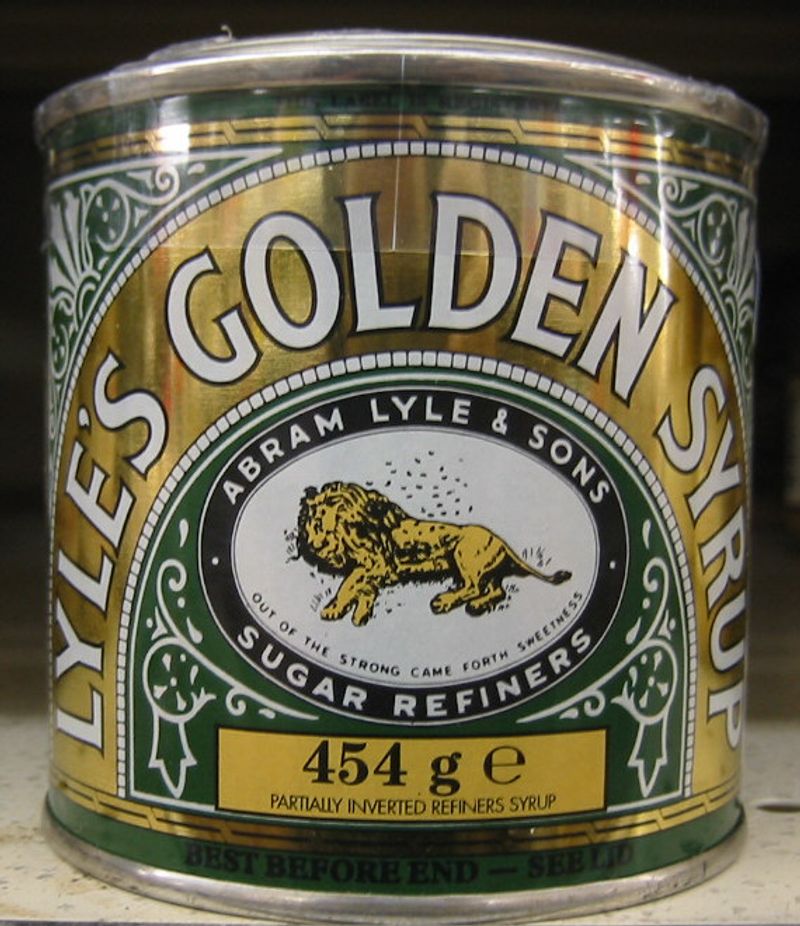
That strange lion logo on the green tin has puzzled breakfast lovers since the 1880s! Abram Lyle created this amber-colored syrup as a byproduct of sugar refining.
Guinness World Records crowned it the world’s oldest unchanged brand packaging. Drizzle it on pancakes, porridge, or use it for baking – Brits have sworn by it for generations!
4. Cadbury Chocolate
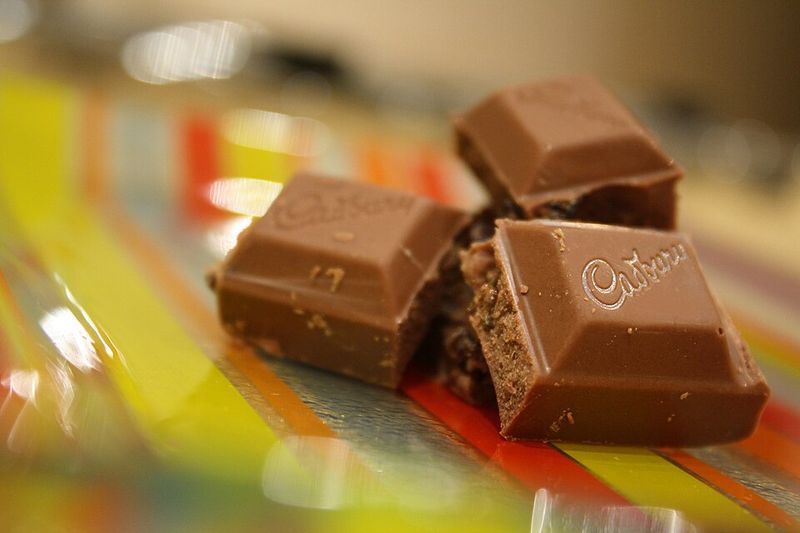
John Cadbury began selling drinking chocolate and cocoa in Birmingham during the 1820s. His sons later invented the Dairy Milk bar that became a British treasure.
That famous purple wrapper is actually trademarked! Cadbury transformed chocolate from a luxury item into an everyday treat. Their Creme Eggs and Roses selections dominate holidays worldwide.
5. Lea & Perrins Worcestershire Sauce
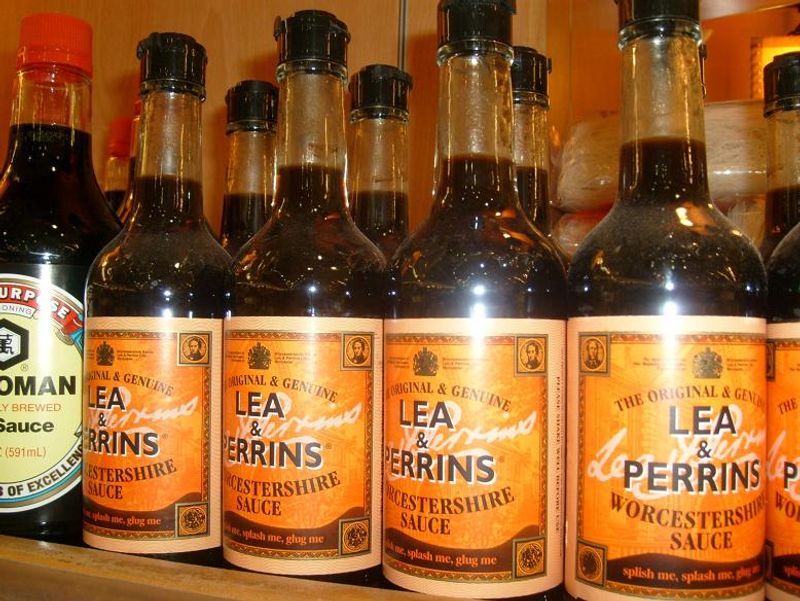
Two chemists in Worcester accidentally unlocked pure magic in the 1830s, brewing a fermented sauce that smelled rough at first but transformed into something incredible after resting in barrels. Aging brought out deep aromas, savory depth, and a rich tang that surprised everyone who tasted it.
Exact recipe details remain tucked away under strict guard, adding a little mystery to every drop. Tangy, savory goodness boosts everything from marinades to Caesar salad, and just saying, an irreplaceable bottle like this deserves a permanent spot in any kitchen.
6. Knorr Seasonings
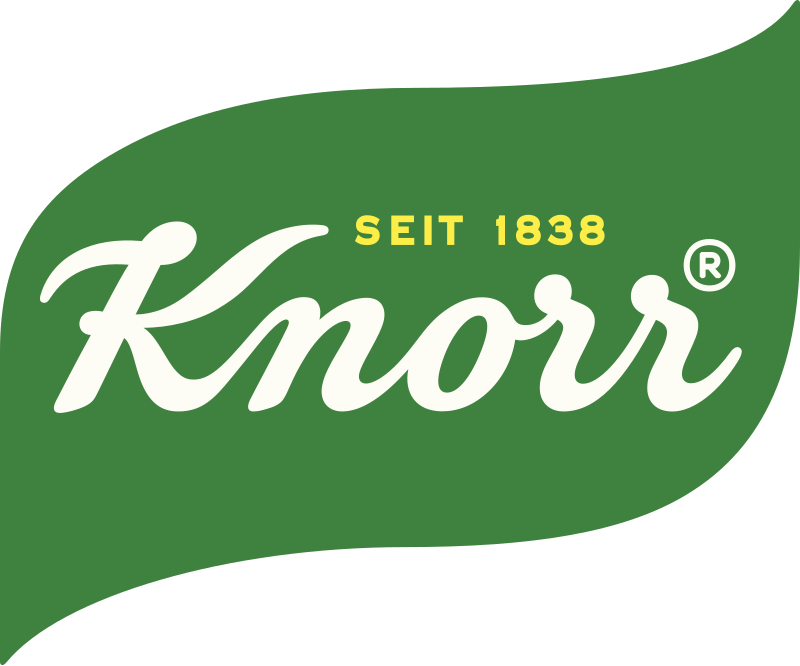
Carl Heinrich Knorr started experimenting with dried seasonings in Germany way back in 1838. He wanted to preserve vegetables and herbs without losing their flavor.
His innovations led to soup mixes and bouillon cubes that home cooks adore. Knorr products now appear in kitchens across 87 countries, making weeknight dinners taste restaurant-worthy!
7. Lindt Chocolate
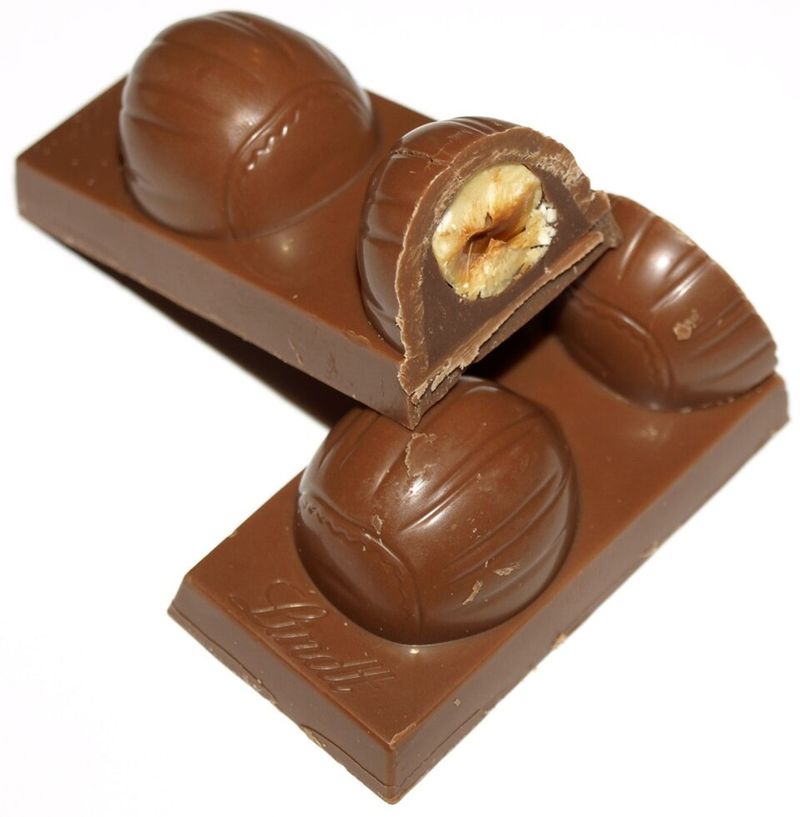
Swiss chocolatier David Sprüngli-Schwarz opened his confectionery shop in 1845, later partnering with Rodolphe Lindt. Lindt invented the conching process that makes chocolate incredibly smooth.
Those gold-wrapped Lindor truffles with their melting centers? Pure genius! Lindt elevated chocolate-making into an art form, setting standards that luxury brands still chase today.
8. Nestlé
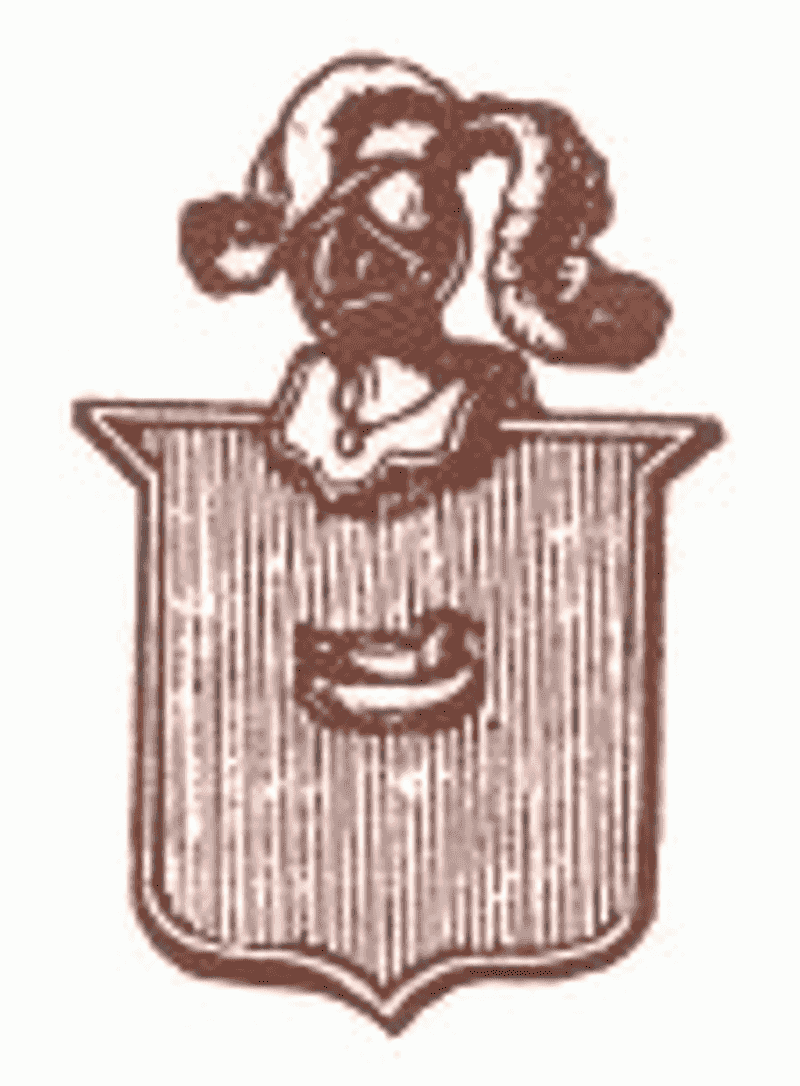
Henri Nestlé saved countless babies in 1867 by inventing infant formula for mothers who couldn’t breastfeed. His company grew into the world’s largest food corporation!
From KitKat bars to Nescafé coffee, Nestlé owns over 2,000 brands. Though controversies have shadowed them, their products remain pantry staples for billions of people globally.
9. Tabasco Hot Sauce
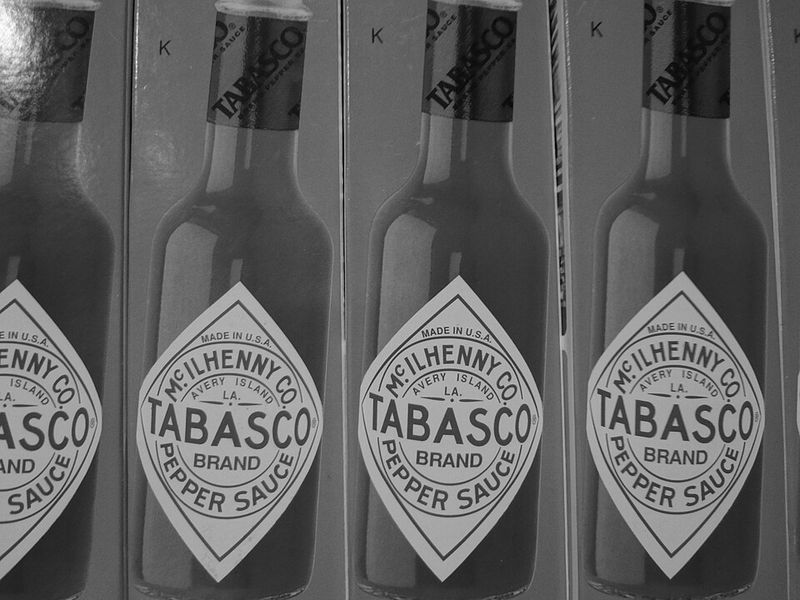
Edmund McIlhenny grew tabasco peppers on Avery Island, Louisiana, after the Civil War. In 1868, he bottled his first batch of fiery pepper sauce using a simple recipe.
That same recipe still ages for three years in oak barrels! Tabasco appears on tables from New Orleans diners to Tokyo ramen shops, adding heat to countless dishes.
10. Heinz Ketchup

Henry John Heinz launched his company in 1869, and his famous ketchup finally arrived in 1876 with a slow-pouring, thick tomato aroma that drifted from diners coast to coast. Rich sweetness and tang built a flavor profile that grew into America’s go-to condiment for fries, burgers, and anything craving a bright tomato punch.
Ever notice the “57 Varieties” on the label? Heinz simply liked the number even while offering far more products behind the scenes. Ketchup from this brand fills burger counters and home refrigerators everywhere, a bottle that feels as iconic as the taste itself.
11. Campbell’s Soup

Joseph Campbell and Abraham Anderson started their canning business in Camden, New Jersey, back in 1869. Their condensed soups revolutionized home cooking by making meal prep faster.
Andy Warhol immortalized those red-and-white cans in pop art! Campbell’s chicken noodle soup comforts sick kids and busy families alike. It’s practically liquid nostalgia in a bowl.
12. Quaker Oats
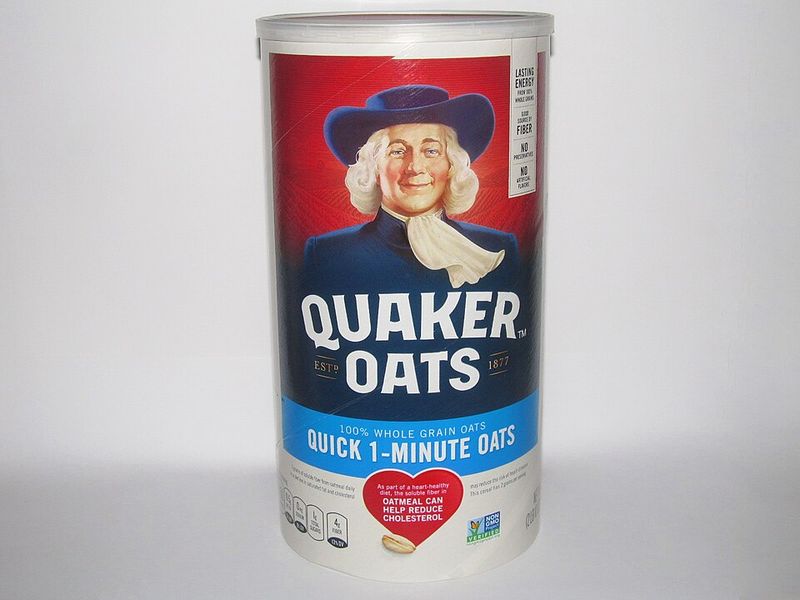
Friendly Quaker figure on the container has symbolized wholesome goodness since the 1870s, carrying the warm scent of breakfast oats into countless kitchens. Quaker Oats helped pioneer branded breakfast cereals during a time when most foods sat in plain, unmarked bins.
Instant oatmeal packets later reshaped busy mornings, turning quick prep into a cozy ritual. Old-fashioned rolled oats or speedy quick-cook varieties both hold loyal fans, and Quaker still stands tall as the oatmeal champion after a century and a half of steaming, comforting bowls.
13. Barilla Pasta
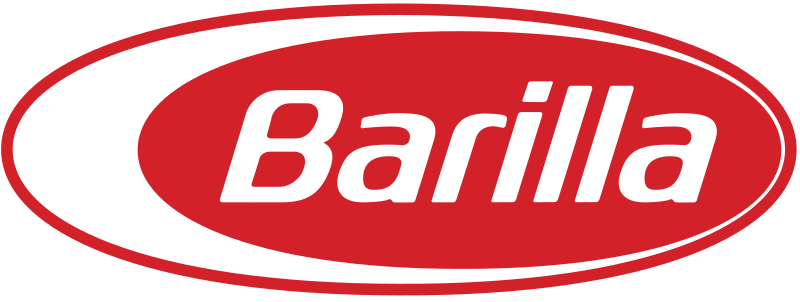
Pietro Barilla opened a small bread and pasta shop in Parma, Italy, during 1877. His family business grew into the world’s leading pasta manufacturer.
Barilla produces over 120 pasta shapes using Italian durum wheat. From spaghetti to farfalle, their blue boxes grace supermarket shelves in 100 countries. Nonna would approve of their quality, guaranteed!
14. Coca-Cola
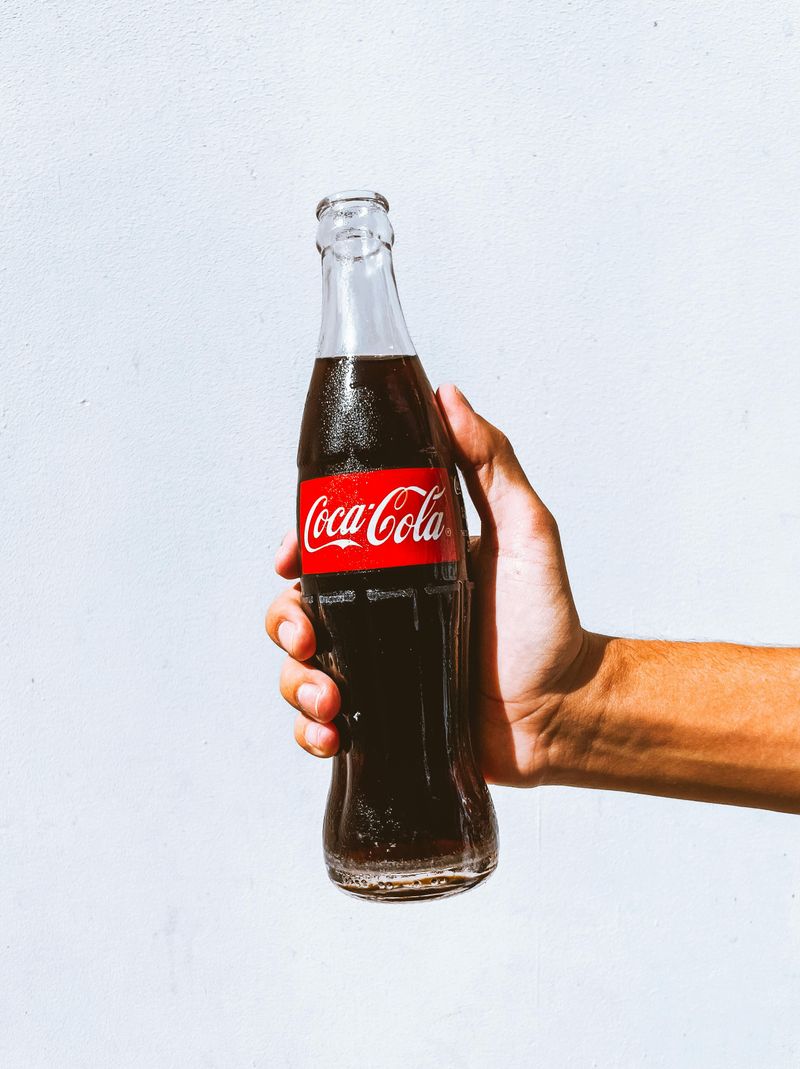
Pharmacist John Pemberton mixed up his first batch of Coca-Cola syrup in Atlanta back in 1886. He sold it as a patent medicine at soda fountains for five cents per glass.
That distinctive contour bottle design is recognized worldwide! Coke became more than a drink – it’s a cultural icon. Their secret formula remains locked in an Atlanta vault to this day.
15. The Hershey Company

Milton Hershey founded his chocolate company in Pennsylvania during 1894, building an entire town around his factory. He wanted to make chocolate affordable for ordinary Americans, not just the wealthy.
Those iconic Kisses wrapped in silver foil? Introduced in 1907! Hershey bars taste like childhood memories for millions. Their chocolate remains America’s sweetheart after 130 years.
16. Pepsi
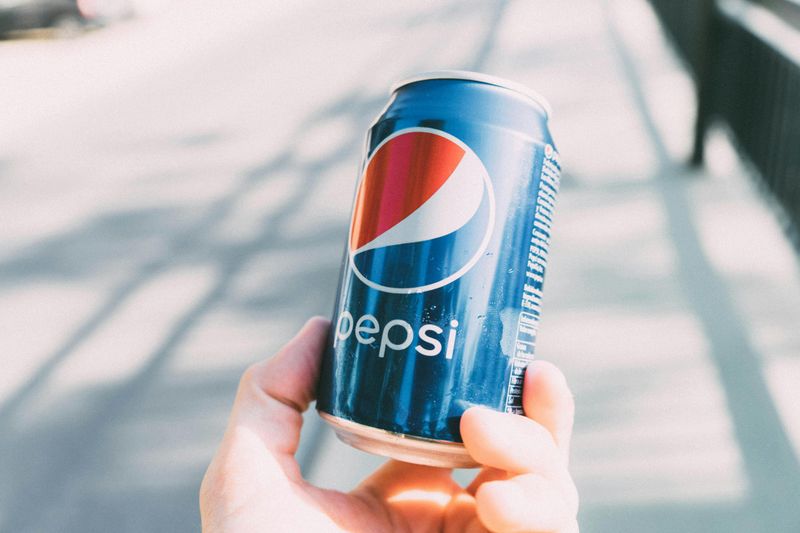
Caleb Bradham, a North Carolina pharmacist, mixed up “Brad’s Drink” in the 1890s before renaming it Pepsi-Cola, sending fizzy sweetness and a hint of spice drifting through his shop. He believed his blend supported digestion and boosted energy, which inspired the “pepsin” part of the name even if the ingredient itself didn’t actually appear in the formula.
Eternal rival to Coca-Cola ignited cola wars that became pure pop-culture theater. Pepsi’s sweeter profile won over millions, and Super Bowl commercials plus celebrity endorsements kept the brand shining like carbonated stardom.
17. Maggi Seasonings

Julius Maggi created protein-rich foods for Swiss factory workers in the late 1800s, sending savory aromas into cramped kitchens and giving exhausted laborers a quicker path to warm, filling meals. Instant soups and seasonings stepped in as time-savers for people who needed nourishment without long cooking hours.
Savory Maggi sauce brings bold umami magic to stir-fries and noodles, delivering a rich scent that wakes up any dish.
Popular across Asia, Africa, and Europe, Maggi blends into local tastes while keeping its essential character alive in every drop.
18. Kellogg’s Cereals
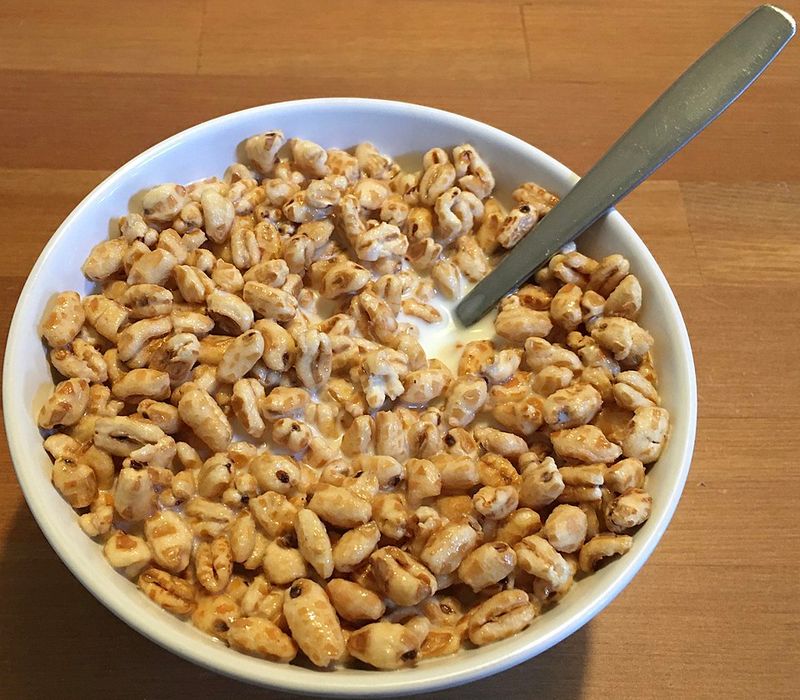
Dr. John Harvey Kellogg accidentally invented corn flakes at his Michigan sanitarium in the early 1900s. His brother Will founded the Kellogg Company in 1906 to mass-produce them.
Tony the Tiger, Toucan Sam, and Snap, Crackle, Pop became breakfast buddies for generations! From Frosted Flakes to Rice Krispies, Kellogg’s defined morning meals for over a century.
19. Bovril

John Lawson Johnston created Bovril in the 1870s as a portable beef concentrate for Napoleon III’s army. British soldiers and explorers relied on it for strength during harsh expeditions.
Spread it on toast or mix it into hot water for a savory drink. Football fans sip Bovril at cold stadiums to stay warm. It’s an acquired taste that loyal fans absolutely cherish!
20. Marmite
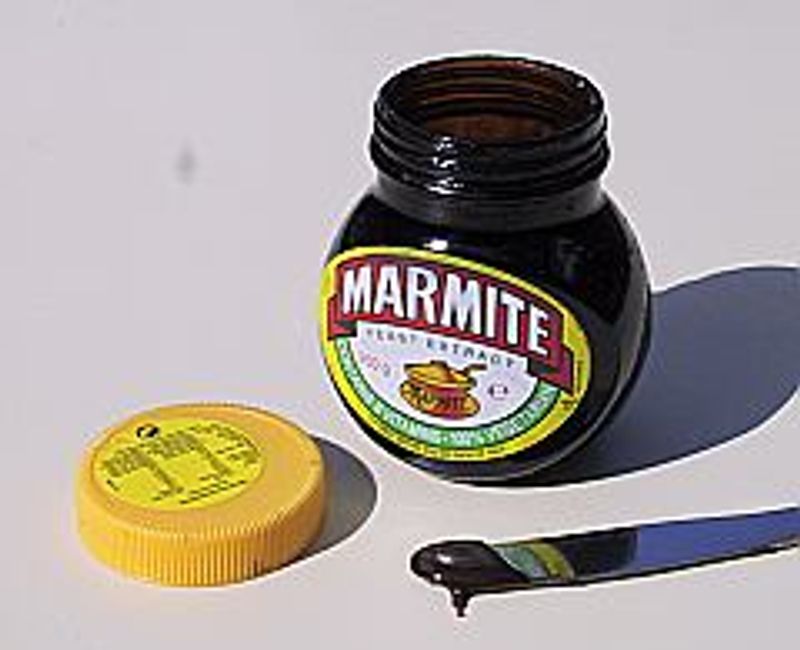
Marmite appeared in British shops during the early 1900s as a way to use leftover brewer’s yeast. Its slogan “Love it or hate it” perfectly captures people’s extreme reactions!
This thick, salty, umami-packed spread divides nations. Brits abroad crave it desperately, while newcomers often recoil at the intense flavor. There’s absolutely no middle ground with Marmite – you’re team love or team hate!
21. Pernigotti Chocolate
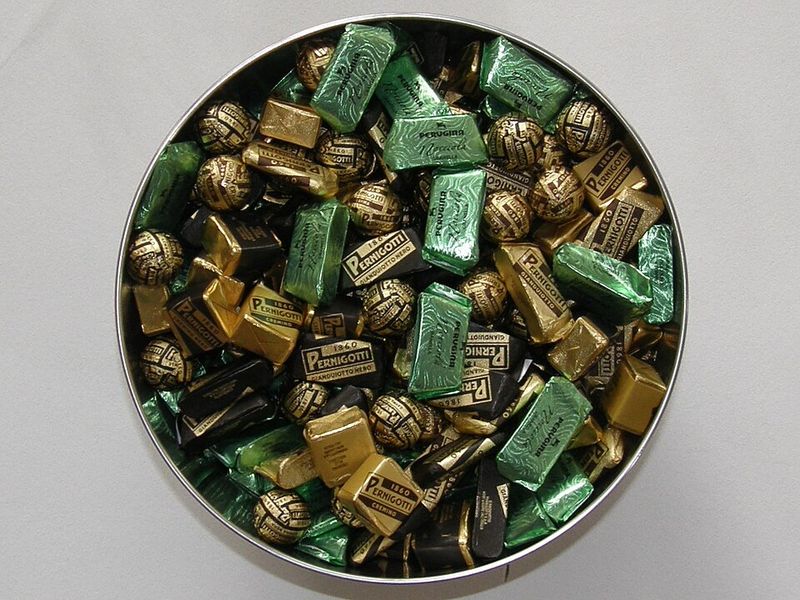
Stefano Pernigotti started his confectionery business in Piedmont, Italy, during the 1860s. He specialized in gianduja, that heavenly hazelnut-chocolate blend unique to the region.
Pernigotti’s creamy spreads and pralines showcase Italian craftsmanship at its finest. Though less famous globally than some competitors, Italian chocolate lovers consider it superior. Their quality ingredients speak louder than advertising ever could!
22. Droste Chocolate
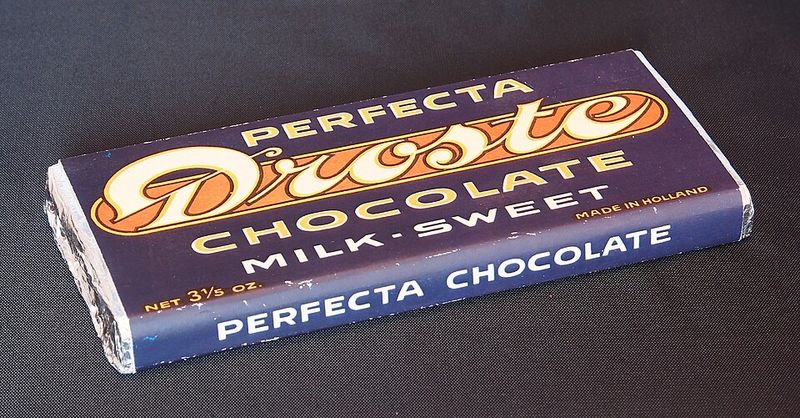
Gerardus Johannes Droste founded his chocolate factory in Haarlem, Netherlands, back in 1863. Their packaging features an infinite loop of a nurse holding a Droste tin, mind-blowing recursion before computers existed!
Those chocolate pastilles melt smoothly on your tongue. Droste pioneered cocoa processing techniques that influenced the entire industry. Dutch chocolate excellence in every elegant tin since the 1800s!

